Welcome to our comprehensive guide to the famous Galapagos Islands, one of the most biodiverse places on the planet and a dream destination for nature lovers and adventure seekers. Located 600 miles off the coast of Ecuador, this volcanic archipelago is home to an incredible array of unique species, including giant tortoises, marine iguanas, blue-footed boobies, hammerhead sharks, and more. In this article, we’ll provide an overview of how to get to the Galapagos, airport procedures, island hopping options, and tips for making the most of your visit. Whether you’re interested in hiking, snorkeling, diving, wildlife watching, or just soaking up the sun on pristine beaches, the Galapagos Islands have something to offer everyone.
How to Get to the Galapagos
The Galapagos Islands, located far off the mainland, are accessible via daily direct flights from Guayaquil. If you’re starting in Quito, you can take a brief 30-minute flight to Guayaquil, followed by a 1.5-hour flight to either San Cristobal or Santa Cruz. Additionally, flights between the islands are available for inter-island travel.
Airport Procedures
Even though it’s a domestic flight, you must follow airport procedures to protect the fragile Galápagos ecosystem. You’ll need to declare that you’re not bringing any food, plants, seeds, or other restricted items. Your luggage will be scanned and tagged before check-in.
You will also need to purchase the INGALA Tourist Control Card (TCC) at the airport for $20 USD (2025–2026). After clearing security, you’ll fly to the Galápagos, where you’ll go through a small security check and pay the Galápagos National Park entry fee.
All visitors are required to pay the entrance fee, which supports conservation and sustainable tourism in the islands. As of 2025, the fee is $200 USD for adults over 12 and $100 USD for children under 12.
Additional requirements:
Medical insurance: Proof of travel insurance is recommended.
Return flight ticket: Proof of onward travel is required.
Hotel reservations: Accommodation details may be requested.
Island Hopping on the Galapagos Islands
The Galapagos Islands are made up of multiple islands, each with its own unique attractions. Santa Cruz, San Cristobal, and Isla Isabela are the most popular among tourists. You can fly from mainland Ecuador to Santa Cruz or San Cristobal, and ferry services are available to travel between the islands. Ferries can be booked through 12GO.
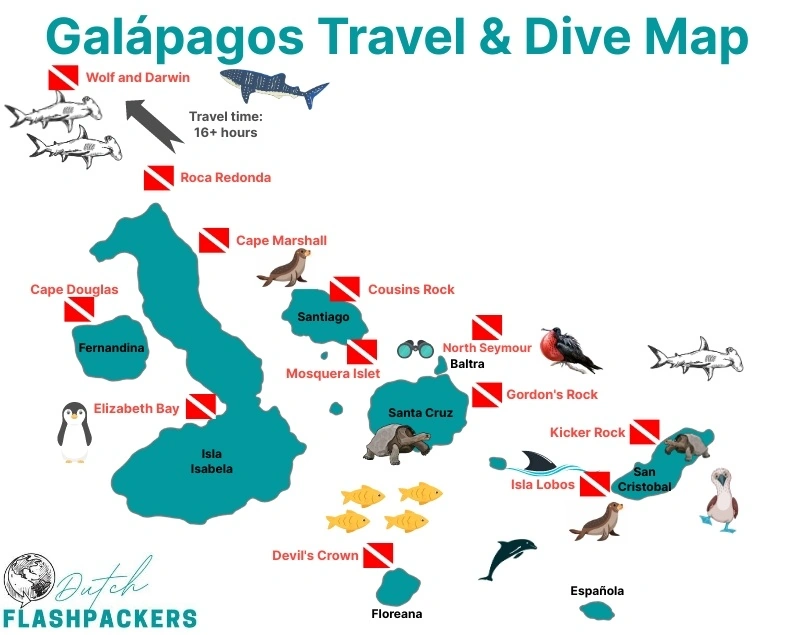
Santa Cruz is the most visited island, home to the famous Darwin Research Center and giant tortoise ranches. It also offers a vibrant party scene and various day trips for snorkeling or diving.
San Cristobal is ideal for budget travelers and those who prefer to plan their own trips. You can explore various beaches to snorkel or relax with sea lions. The island has several restaurants and offers beautiful sunsets close to the harbor. Find all you need to know about the island in our San Cristobal travel guide!
Isla Isabela is the largest and most remote island, requiring a ferry ride from Santa Cruz to reach. With fewer tourists, accommodation can be scarce, so it’s advisable to book in advance. The island offers volcano tours, with multiple volcanoes to explore on day trips.
Wildlife Highlights
The Galapagos Islands are renowned for their unique and diverse wildlife. Here’s a guide to some of the extraordinary animals you can expect to see:
- Giant Tortoises: These iconic creatures are primarily found on Santa Cruz and Isabela. They can live over 100 years and weigh up to 900 pounds. Visit the Charles Darwin Research Station to learn more about conservation efforts.
- Marine Iguanas: Known for their ability to swim, these iguanas are found on most islands, but the best spots are Isabela and Fernandina. Watch them basking on the rocks or feeding on underwater algae.
- Blue-footed Boobies: These birds are famous for their bright blue feet and unique mating dance. You can spot them on North Seymour, Española, and Isabela. They often nest in colonies along the shore.
- Galapagos Penguins: The only penguins found north of the equator, these birds can be seen on Isabela and Fernandina. They are excellent swimmers and often seen darting through the water while snorkeling or diving.
- Sea Lions: Playful and curious, Galapagos sea lions are found on almost all the islands. They are especially numerous on San Cristobal. You can often see them lounging on the beaches or swimming near the shore. Snorkeling with sea lions is a highlight for many visitors.
- Sharks: The waters around the Galapagos are teeming with a variety of shark species, making it a premier destination for diving enthusiasts. Hammehead and whale sharks are best spotted at the Wolf and Darwin islands, while Galapagos and white tip reef sharks are frequently seen when snorkeling or diving around the islands.
The Galapagos Islands provide a rare opportunity to observe wildlife in its natural habitat, offering unforgettable encounters both on land and in the water.
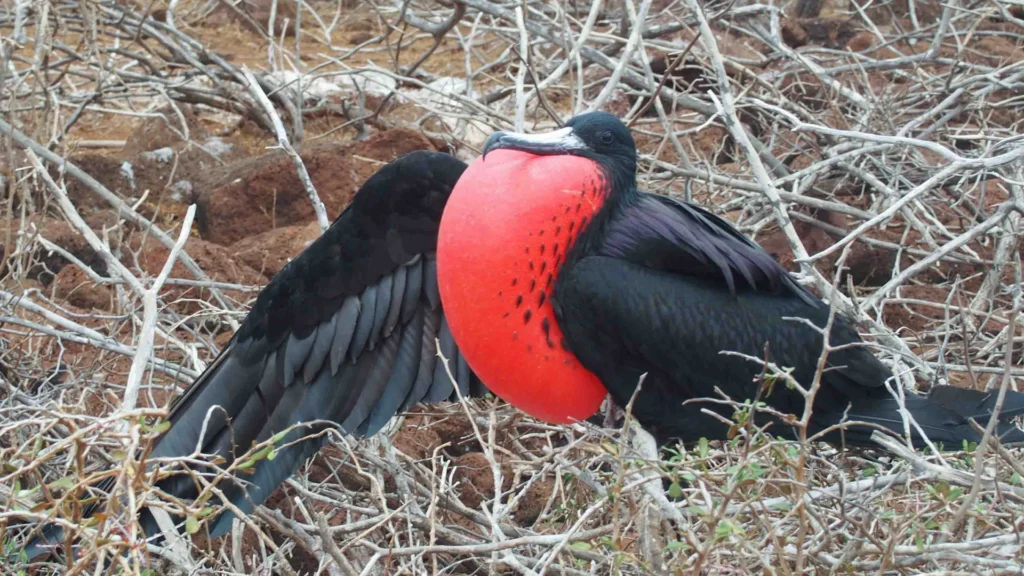
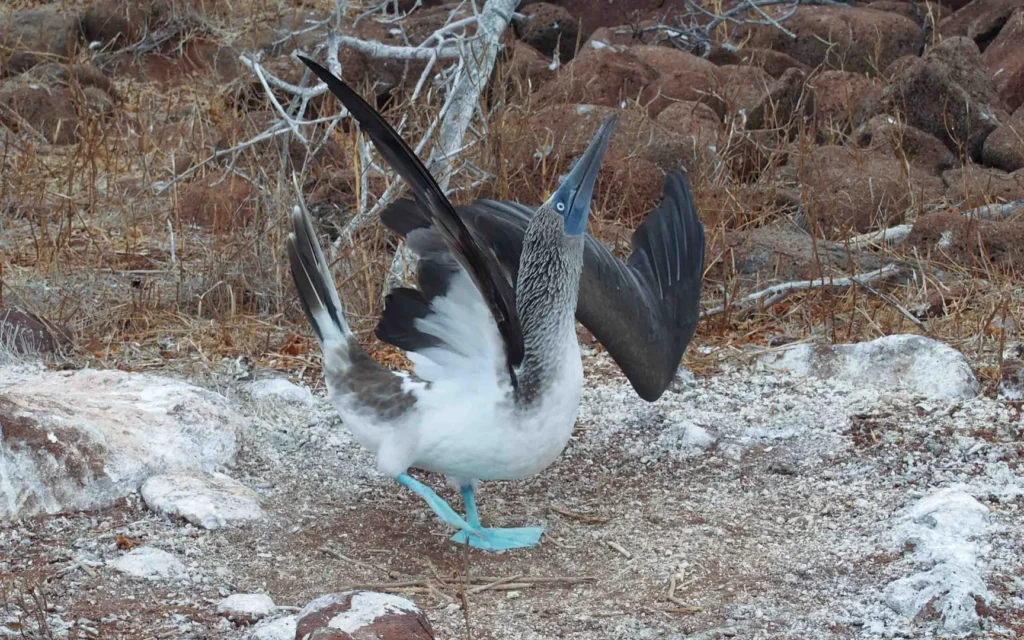

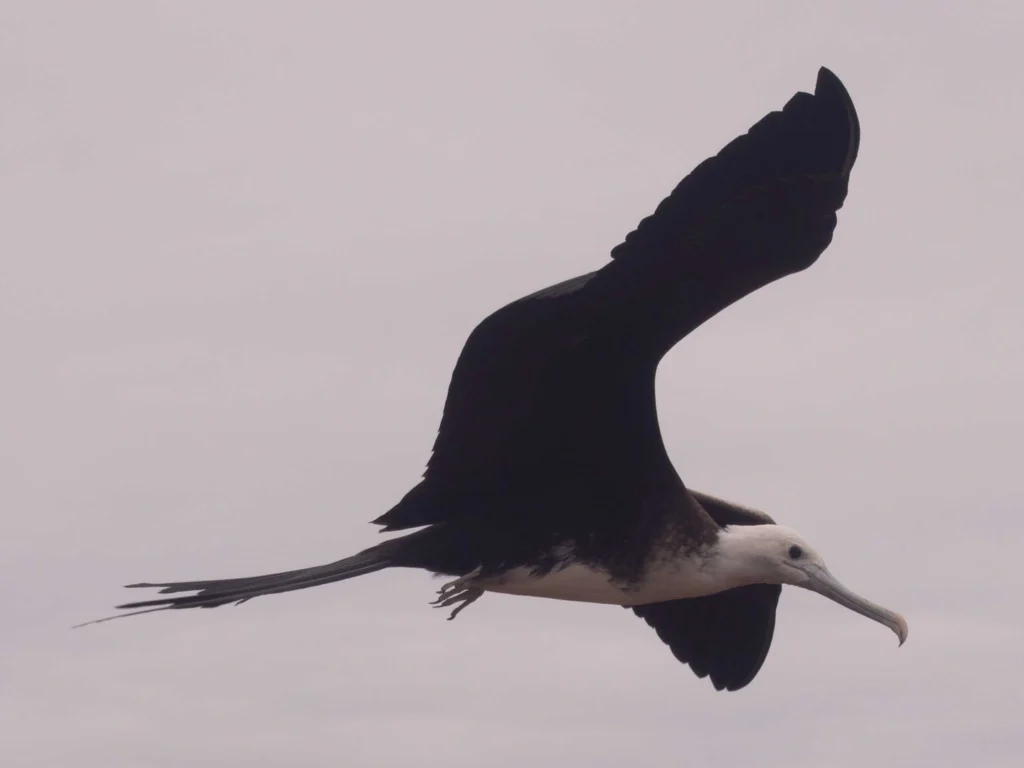
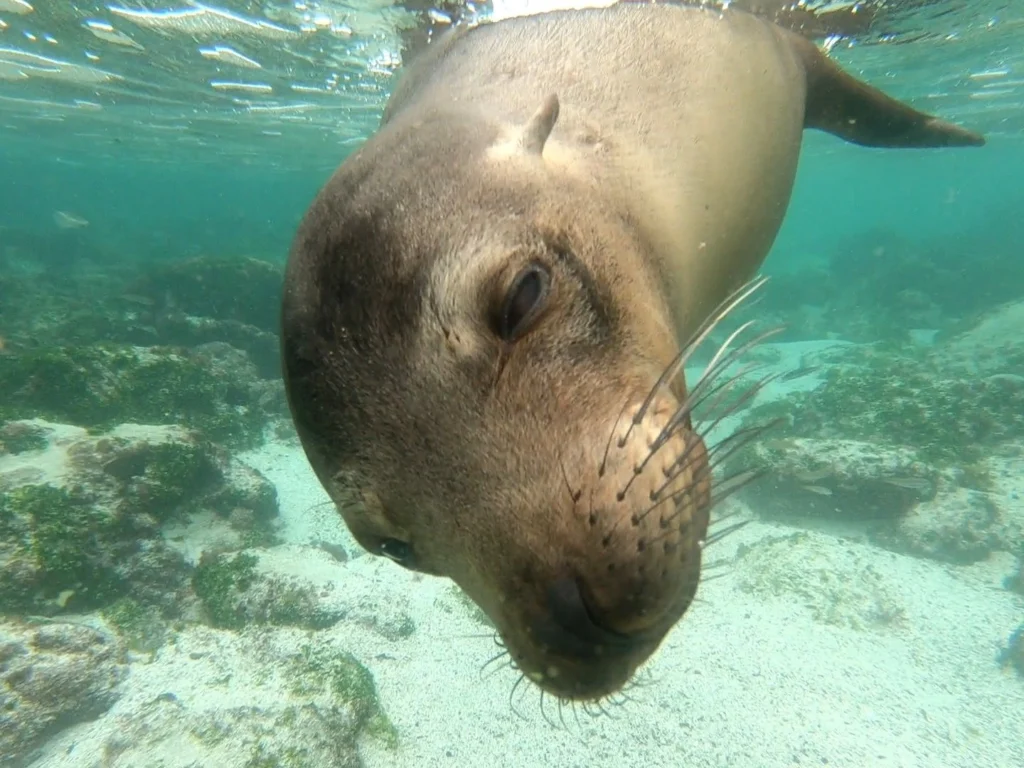
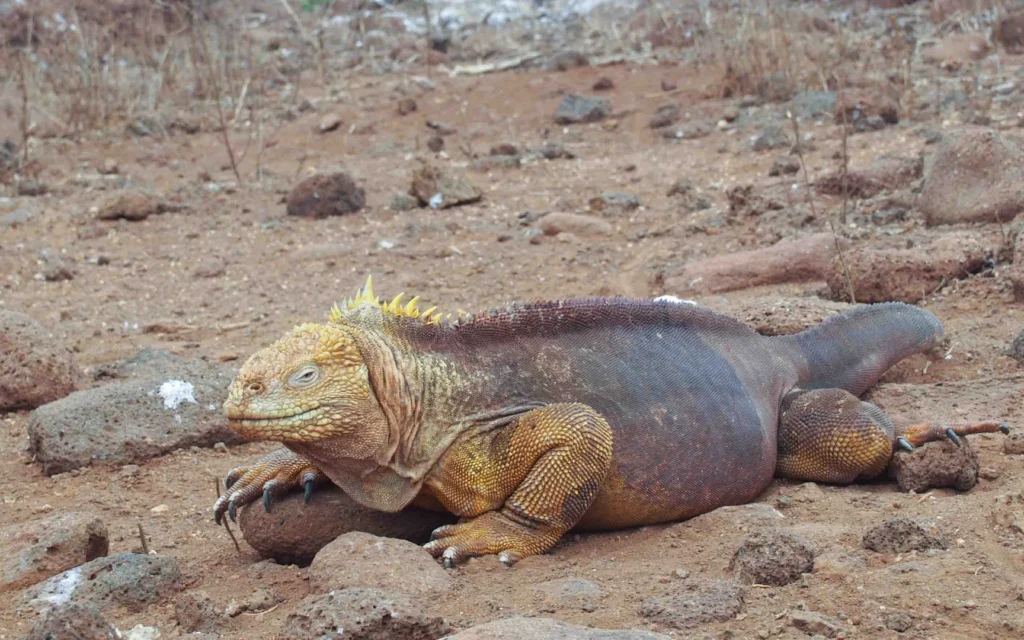
Diving and Snorkeling in the Galapagos Islands
Santa Cruz: Dive sites around Santa Cruz offer encounters with playful sea lions, colorful reef fish, and occasional sightings of hammerhead sharks. Don’t miss the underwater lava formations and unique marine biodiversity.
San Cristobal: Explore dive sites teeming with marine life, including schools of fish, eagle rays, and sea turtles. Encounter Galapagos sharks and white-tip reef sharks while exploring the rocky reefs and underwater cliffs.
Isla Isabela: Dive into the crystal-clear waters of Isabela to discover vibrant coral reefs, marine iguanas, and penguins. Encounter whale sharks and manta rays in season, and explore underwater caves and tunnels.
Wolf and Darwin: These remote islands boast some of the most exhilarating dive experiences in the world. Encounter large schools of hammerhead sharks, whale sharks, and other pelagic species in the nutrient-rich waters surrounding these iconic dive sites. Witness the mesmerizing underwater spectacle as you dive alongside these majestic creatures in their natural habitat.
You can have diverse experiences underwater; for a more comprehensive guide to diving and snorkeling in the Galapagos Islands, explore our Ecuador diving guide or our more specific Galapagos diving experience.
Cost Breakdown of a Trip to the Galapagos
An organized trip to the Galapagos Islands can be expensive. However, it’s possible to organize a self-guided trip at a fraction of the cost. Here’s a breakdown of the average daily costs based on the type of trip:
🛥️ Cruises (including diving liveaboards): $500 to $1000 per day (excluding flights and entry fees)
⛰️ Land-based excursions: $200 to $500 per day (excluding flights and entry fees)
🥾 Self-guided: $50 to $200 per day
A cruise through the Galapagos is an unforgettable experience, offering a chance to see different islands and dive in various parts of the archipelago. Find out all about diving the Galapagos in our extensive post.
In the table below you will find the full cost breakdown of our Galapagos trip.
| Subject | Costs (US$) |
|---|---|
| Roundtrip flights from Quito or Guayaquil | $500 |
| Galapagos National Park Entry Fee | $100 |
| INGALA Transit Control Card | $20 |
| Travel Insurance | ~$75 to $250 |
| Subtotal | ~$700 |
| Accommodation per person per night | $15-30 |
| Breakfast, lunch, and dinner | $30-75 |
| Day tours | $50-200 |
| Taxi | $5-25 |
| Typical daily costs subtotal | $100-350 |
Accommodation prices vary depending on your preferences. If you want luxury, be prepared to pay more for higher-end hotels or guesthouses.
Tips for the Galapagos Islands
🤿 Bring Your Own Snorkel Set: Renting equipment from dive shops and tour agencies can cost up to $5 USD per day. It’s more cost-effective to purchase your own set for about $20 USD. Some accommodations may also offer free equipment rentals, so be sure to check beforehand.
☀️ Biodegradable Sunscreen: Products on the islands can be expensive, so bring your own sunscreen, preferably biodegradable, to protect the environment.
💵 Cash and ATMs: While ATMs are available on Santa Cruz and San Cristobal, they may have withdrawal limits or be out of service. It’s recommended to bring enough cash to cover your expenses for the first few days on the islands, especially since there are no ATMs on Isla Isabela yet as of October 2019.
Help us by supporting our blog
We want to give you honest reviews and keep this blog free. Therefore we added some affiliate links that might give us a commission at no additional cost to you. Support our blog by booking through our partners.

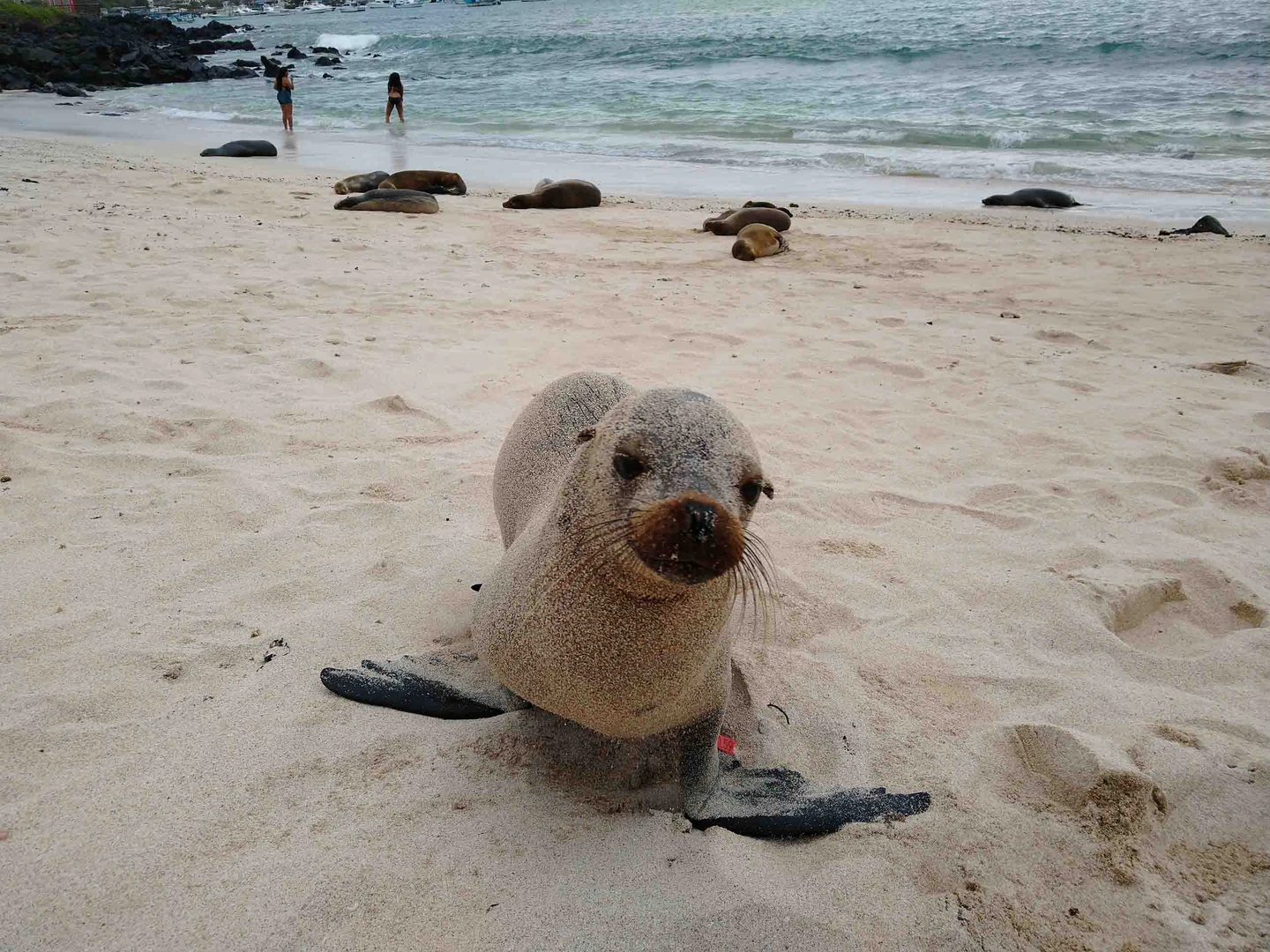
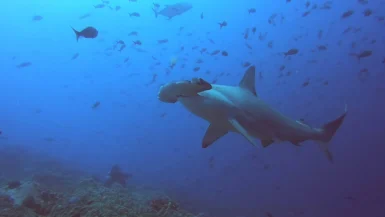
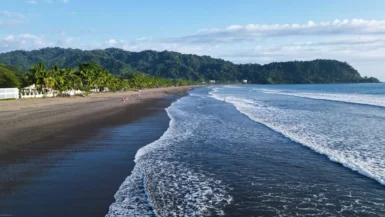
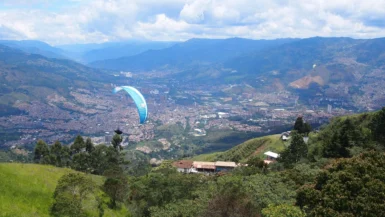
Leave a reply